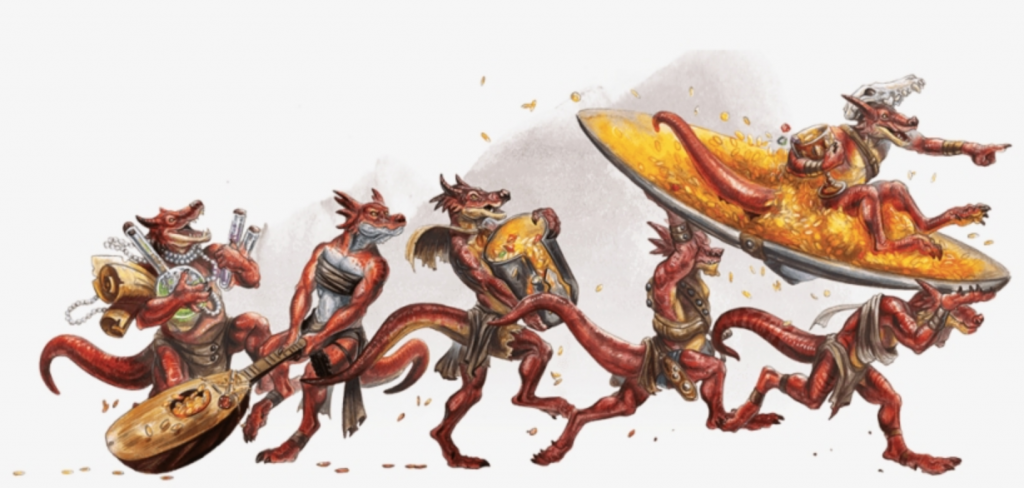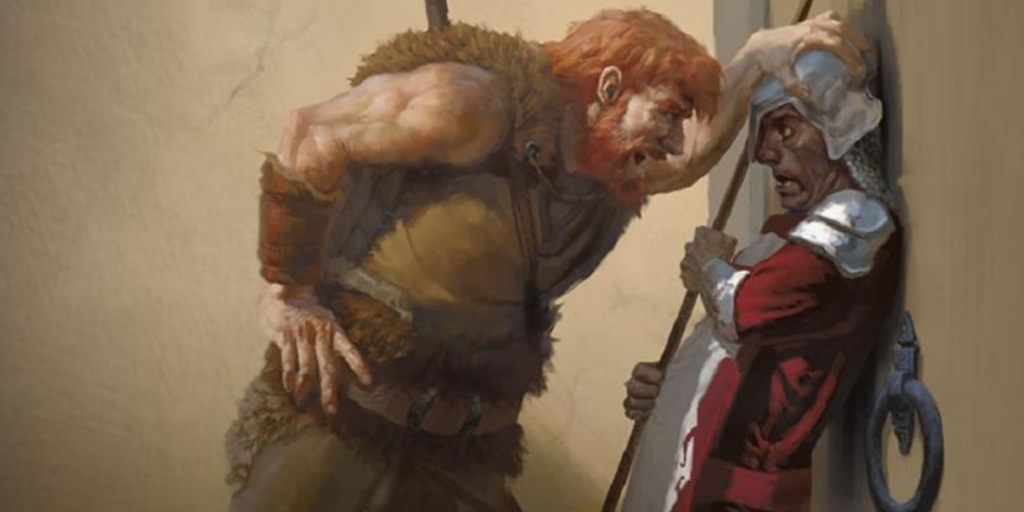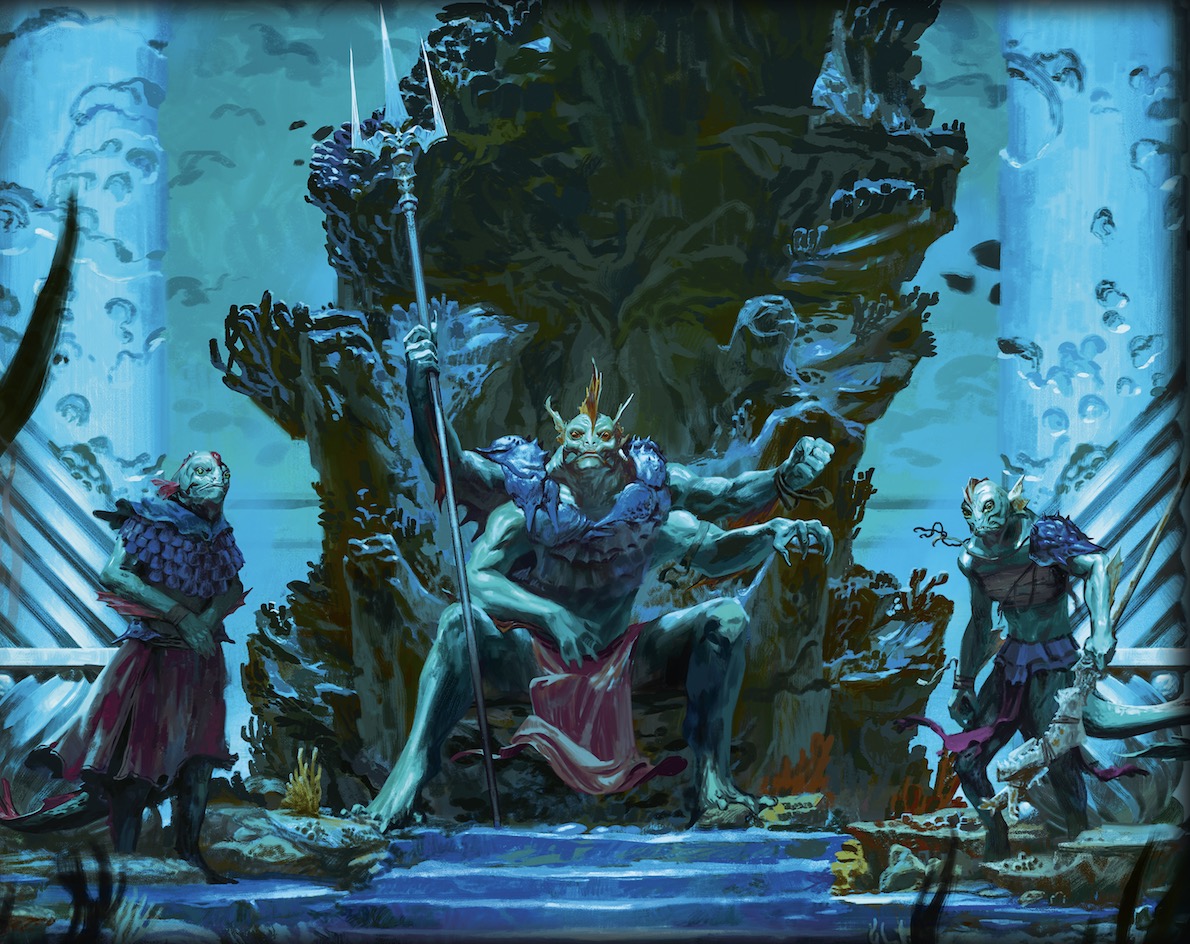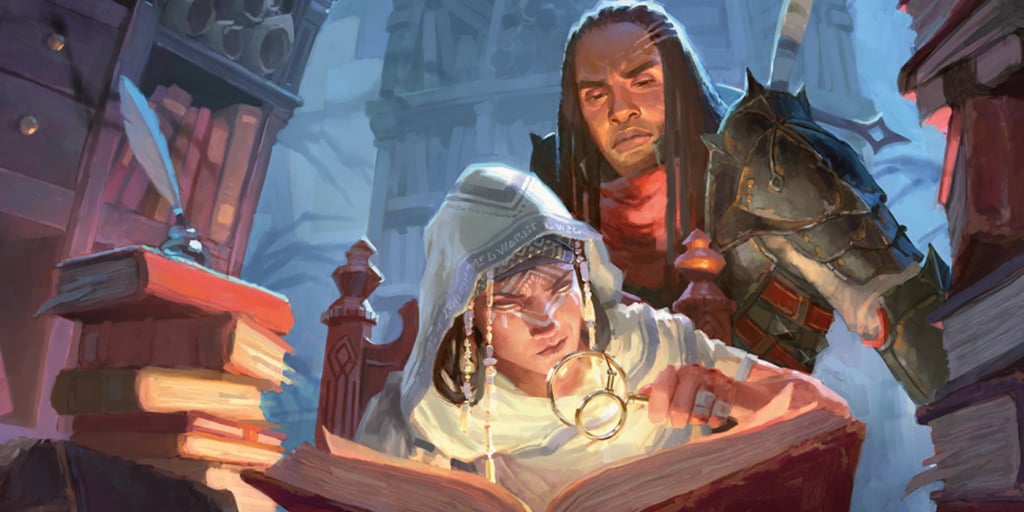D&D: Five Things You Should Consider When Multiclassing
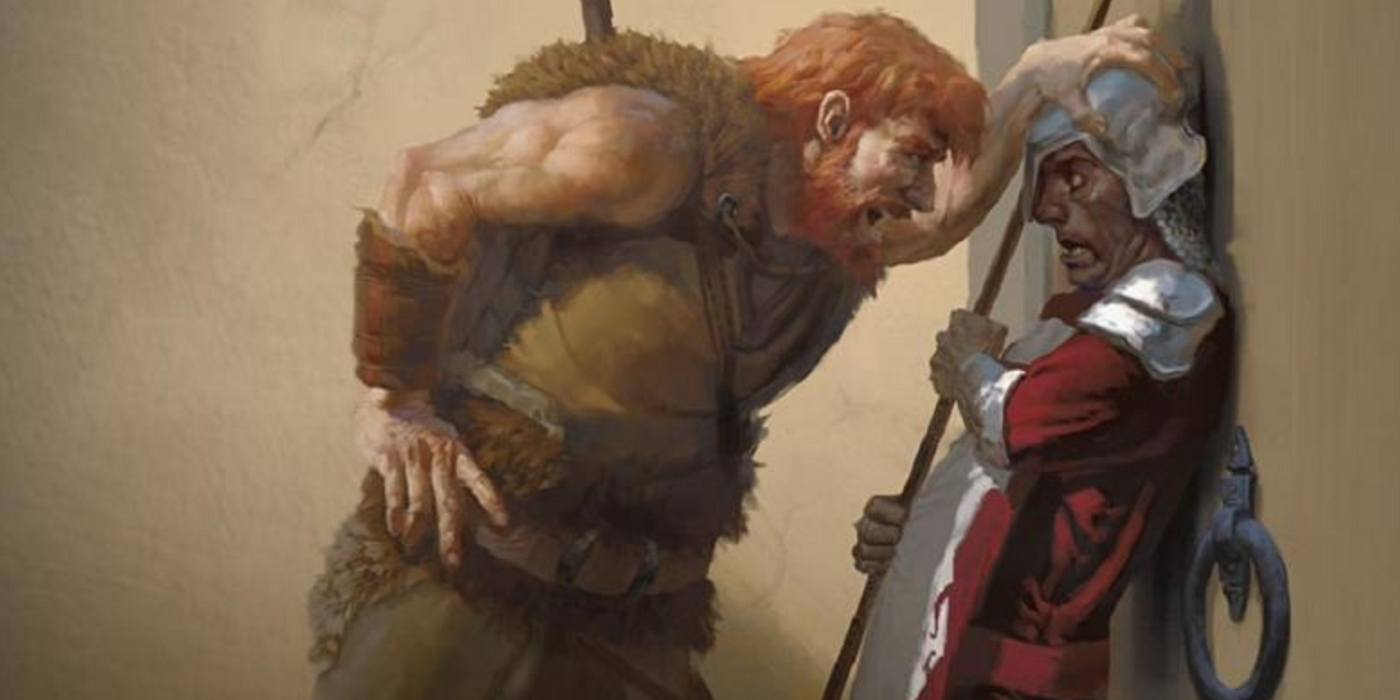
Multiclassing in D&D can unlock some of the most powerful character options in the game. Here are some things to consider before you do.
Next to Feats, Multiclassing is one of the most popular “optional” rules in D&D 5th Edition. Understandably so. Multiclassing unlocks even more choice and customization when it comes to building your character. Both in terms of mechanics and character story. Your stalwart Fighter might pick up Clerical training. Your Bard might get in touch with their inner rage and become a Bard Barian.
And of course, some of the most powerful character options come from multiclass elements. Paladins who gain extra spell slots by becoming Sorcerers. Wizards who pick up extra magic by becoming Clerics. Rogues who dabble in all sorts of strangeness. Not to mention all the Hexblade shenanigans out there.
The world of Multiclassing is full of mayhem, and you should jump in. Here are some handy things to consider as you do, though.
What Do You Get?
One of the first things you should think about is what you stand to gain from a level or three of another class. Yes, mixing Fighter and Rogue is interesting, but what do you get? Knowing what class features you’re about to gain is the key to building any sort of multiclassed character.
Are you gaining extra damage? New magic options? Magic options in the first place, where otherwise you would have none? Is mobility the heart of what you’re trying to do? Consider questions like this and you’ll be ready to multiclass with the best of ’em.
What Do You Give Up?
Taking a level in one class means not taking a level in another class. Which can delay gaining key features for a while. For instance, Fighters gain pretty spicy features at level two, so multiclassing immediately as part of your first level might keep you from gaining Action Surge and getting to take a second action during your turn. Similarly multiclassing at level 3 can prevent gaining a Feat or Ability Score Improvement. So make sure whatever you’re giving up is worth what you gain.
Does This Tell a Cool Story For Your Character?
A question for you and your character. Does this tell a story about your character? And if so, is it the kind of story that you want to keep telling? Have you laid any groundwork for this change?
After all, taking on a new class can be a fairly big deal. All of a sudden your staunch Fighter becomes a devout Cleric. Your Paladin discovers that they’re touched by the old blood of an Aberration. Keeping in mind what Multiclassing means for your character, narratively speaking, can help you stay invested not just in the game, but in the world.
Will It Ruin Everyone’s Fun?
Multiclassing is the key to some of D&D’s most powerful character options. Which is why it’s worth considering – will this make the game less fun for the rest of the players? If you’re at a table where optimization takes a back seat, you might outshine everyone else. And maybe that’s fine, but it might end an otherwise long-lasting campaign.
How Deep Should I Go?
Finally, when you multiclass, think about how deep you’ll go into the other class or classes. Sometimes all you need is a little dip for a level or two. Fighter is one of the most popular two-level Multiclass options. Hexblade opens up a lot of options at level 1. Going into Rogue or Wizard, however, might delay your fun good options until later levels. So just be aware of what you need from each class in order to build your broken dreams.
Now get out there and diversify your characters!

